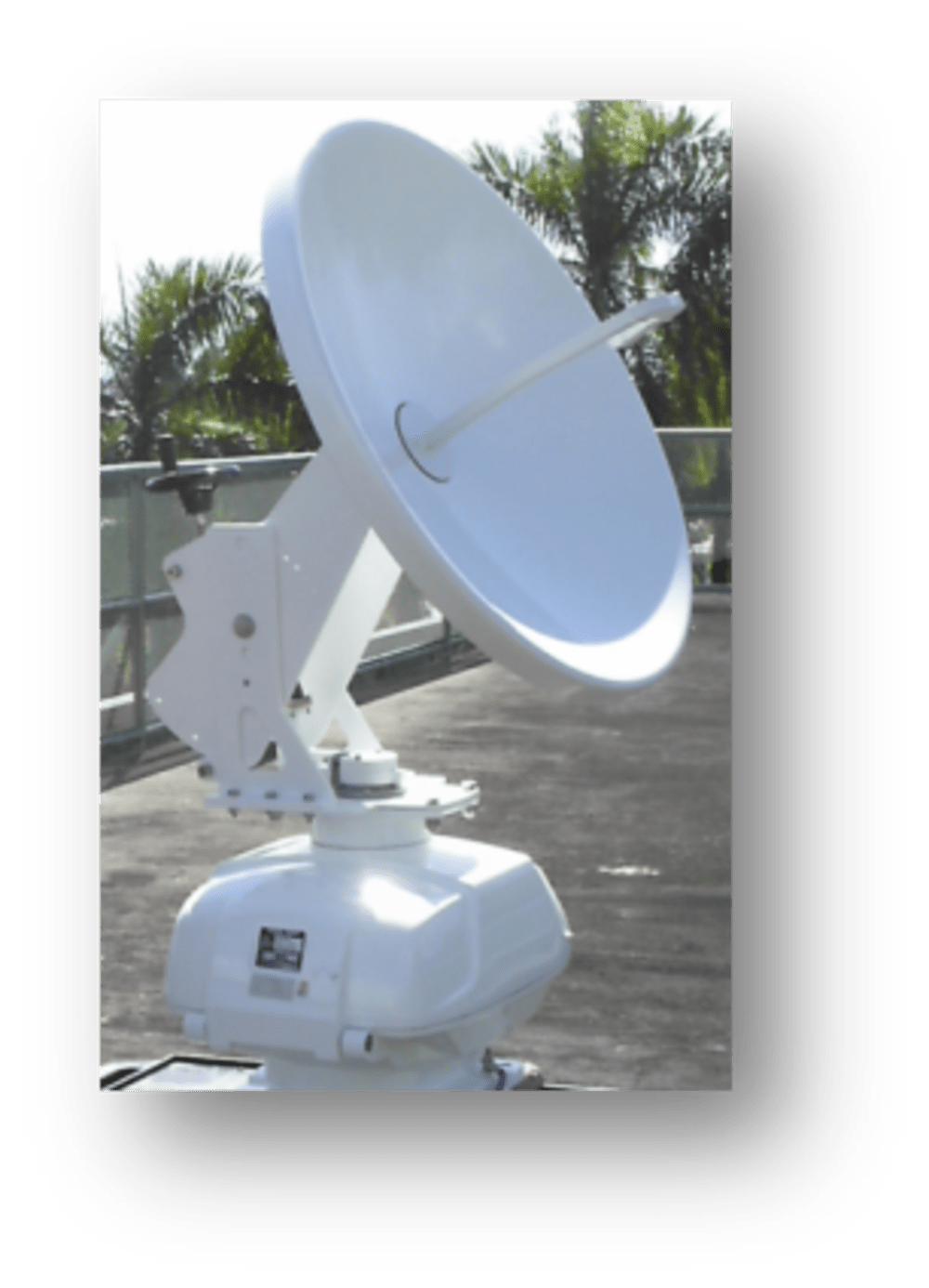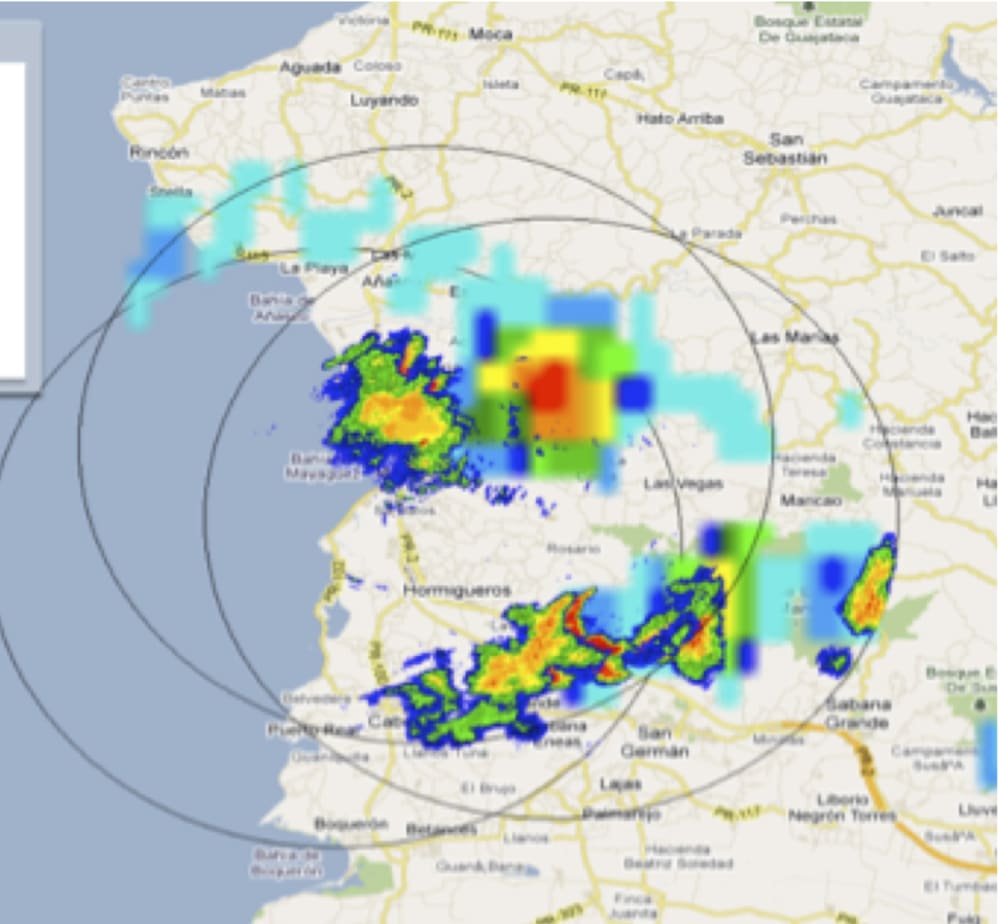In the last ten years, atmospheric phenomena have increased exponentially, and with it thousands of lives and infrastructure have been affected. Over 30 billions dollars in losses and over 500 deaths are reported so far this year in the United States alone. The situation becomes worse in developing countries. With the advent of global warming, weather prediction and damage mitigation has become a world issue. Currently, weather radars are the main instrument to forecast events and help countries to develop mitigation plans that protect people and infrastructure. Sadly, these instruments are expensive and the majority of these catastrophic weather events happen in developing countries that don’t have the economic capability to acquire these systems.
Our purpose is to provide an inexpensive alternative to current weather radars that will allow communities to provide basic needs of weather forecasting and flood prediction. This technology can be applied in Latin America, Africa and Asia where low-income and remote communities with complex topography exist. The absence of forecasting systems in these countries show the wide market potential of this solution. Also, in countries that already have forecasting systems, this product will provide faster refresh times and lower atmosphere coverage where current systems can’t reach or where mountains obstruction becomes an issue.
Our weather radar consists of custom hardware modifications to existent marine radars and a custom software that will provide the weather information to users as well as alerts where needed. Most of the hardware parts are fabricated in mass which facilitates the access and simplifies building of the radars. These radars are extremely portable and usually don’t need any specific infrastructure to operate. This also permits the networking of radars in such a way that complex terrains can be covered. Developing a weather radar network with these devices could lower the costs up to 10 times compared to a common weather radar for the same coverage.
The radar operation is quiet simple: a radar transceiver sends a pulse to the air and the weather phenomena (tornado, rain, etc..) responds with a signal back. This signal is then processed to generate a map of the location of the event with the intensity and the average speed. Due to the low power nature of these radars, they can be solar powered and with a wireless link a complete of the grid radar systems can be deployed.
Our product will contribute to the safety and the well-being of countries and communities that can’t afford the cost of actual commercially available radars and will improve the existing weather prediction infrastructures.
Like this entry?
-
About the Entrant
- Name:Jose Ortiz
- Type of entry:teamTeam members:Jose A Ortiz
Jose A Cordero
Wilson Castellano
Benjamin De Jesus
Jose Rosario
Jose Colom - Patent status:none





